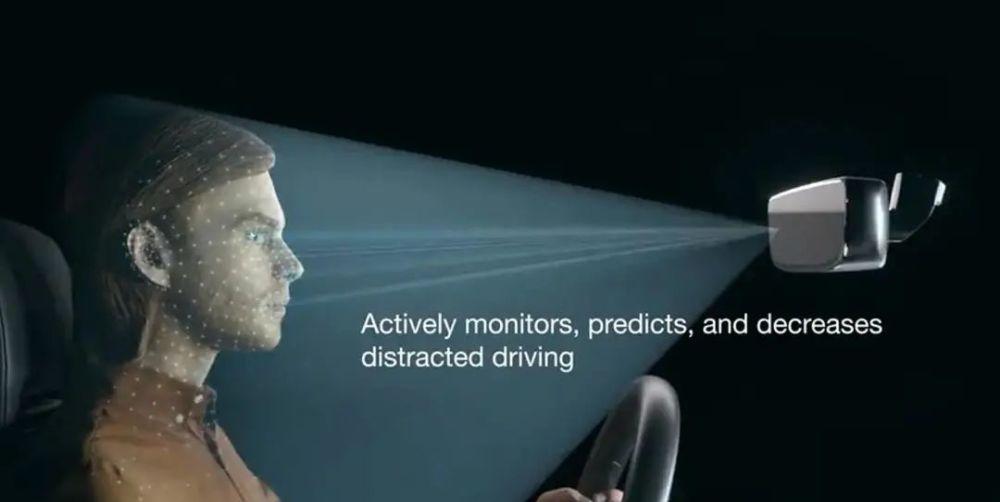With the rapid development of advanced driver assistance systems (ADAS) around the world, driver monitoring technology is quickly becoming an important safety feature in automobiles. The most direct device is the camera that monitors the driver in the car.
Because distracted driving remains one of the main causes of traffic accidents around the world, the camera's capabilities have ranged from a single fatigue reminder to slowly incorporating the state of the person into ADAS's algorithms.
Whether you like it or not, future drivers will be monitored by cameras when driving.

The European Association for the Safety Evaluation of New Vehicles announced that the installation of in-car camera systems will be encouraged from 2023 onwards. In addition, the European Union has decided that from 2024, for newly registered models, it will add driver and vehicle monitoring specifications to the GSR system certification requirements.
In addition to detecting driver fatigue or inattention, these regulations also have a role in supervising the safety of child occupants in the car – for example, parents forget that there are children in the back seat, and cockpit sensor technology detects them through radar sensors and stored object classification algorithms and immediately raises an alarm.
But now the camera or radar that realizes the perception in the car is generally installed on the A-pillar, above the dashboard, or near the rearview mirror in the car, and some drivers will feel uncomfortable facing the camera.
Since we can't do without the camera, we should design the camera to make it more comfortable.
Recently, magna, an automotive supplier, released a systematic solution that fully integrates cameras and electronics into the rearview mirrors in the car.
The system includes Magna's high-resolution camera, infrared emitter and electronic control unit, which are fully encapsulated in the interior mirrors. What's special is that its camera is hidden behind the mirror glass, and the off-screen camera also makes the exterior mirror look the same as it is now.
The Magna device monitors the driver's head, eyes and body movements, helping to monitor the driver for distractions, drowsiness and fatigue.
In addition, the system also has an in-vehicle monitoring function, which can not only monitor the driver, but also monitor the behavior and status of other occupants in the car. In fact, many MPV and SUV models in North America are now equipped with wide-angle optical rearview mirrors for monitoring children in the rear row, and the future camera will replace this function.
Magna announced that the safety performance of their products far exceeds the requirements of the European New Car Safety Evaluation Association (Euro NCAP) and the European Union General Safety Regulation (GSR), and signed a global mass production order with a German car manufacturer, which will be in 2024.
A German car manufacturer? I believe it's one of the BBA.
Not only Magna, but also at the end of 2021 Continental has released a suite of cockpit sensor technologies.
For the first time, Continental's cockpit sensors integrate the camera directly into the display, like a mobile phone's "off-screen camera." The technology is so complex that it minimizes optics and sensors to about 10 millimeters and then integrates precisely and completely into the display for aesthetically pleasing visuals.
Unlike the current way of relying solely on cameras or radars to perceive it, Continental cockpit sensors combine camera data with radar sensors and intelligent algorithms.
It can not only monitor the driver, but also the real-time object inside the vehicle, and also provide technical support for future autonomous driving and unmanned driving.
For example, it reliably detects live objects in vehicles, whether adults, children or animals. Based on the camera's image information, the system can also detect static leftover luggage and send notifications to the owner's mobile phone, a feature that will be popular in the future car rental market.
Continental's technology already complies with the future safety regulations of the European Commission and the Consumer Protection Organisation Euro NCAP.
It can be seen that the cockpit sensor in the future has become the focus of development direction for major OEMs and component suppliers - not only to make the camera and equipment more beautiful, but also to be able to perceive moving and static objects in the car. In the future, they will also be able to detect the health parameters of people in the car, such as pulse, respiratory rate and body temperature.